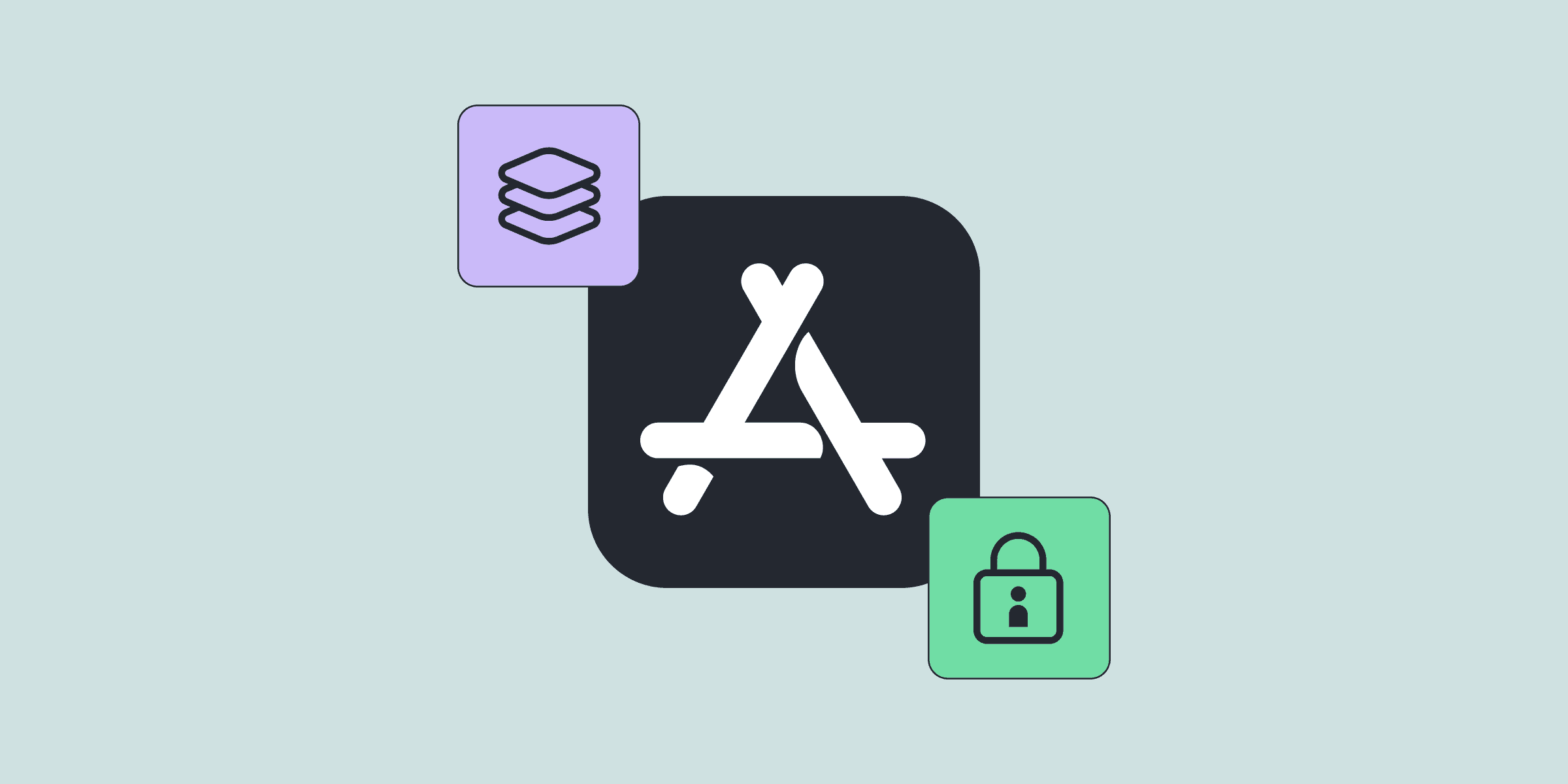What Does Restore Purchase Mean?
What Does Restore Purchase Mean?

Kate

Kate
May 9, 2024
May 9, 2024
Picture this: a user has been subscribed to your app for several months, enjoying premium features. Recently, they decided to upgrade to a new phone. Excited to continue using your app, they download and install it on their new device, only to find that their subscription is no longer active. They need to purchase again to regain access to the content they’ve already paid for. What's next? Frustration, chatting with support, and maybe a negative review on the App Store or Google Play.
“How to avoid this?” you ask. “Implement a Restore Purchase flow,” we say. In this article, we’ll explain what Restore Purchase means, how to implement it on iOS and Android, and address common concerns such as double charging. We’ll also dive into advanced tips and best practices for optimizing the Restore Purchase flow in your app.
Picture this: a user has been subscribed to your app for several months, enjoying premium features. Recently, they decided to upgrade to a new phone. Excited to continue using your app, they download and install it on their new device, only to find that their subscription is no longer active. They need to purchase again to regain access to the content they’ve already paid for. What's next? Frustration, chatting with support, and maybe a negative review on the App Store or Google Play.
“How to avoid this?” you ask. “Implement a Restore Purchase flow,” we say. In this article, we’ll explain what Restore Purchase means, how to implement it on iOS and Android, and address common concerns such as double charging. We’ll also dive into advanced tips and best practices for optimizing the Restore Purchase flow in your app.














